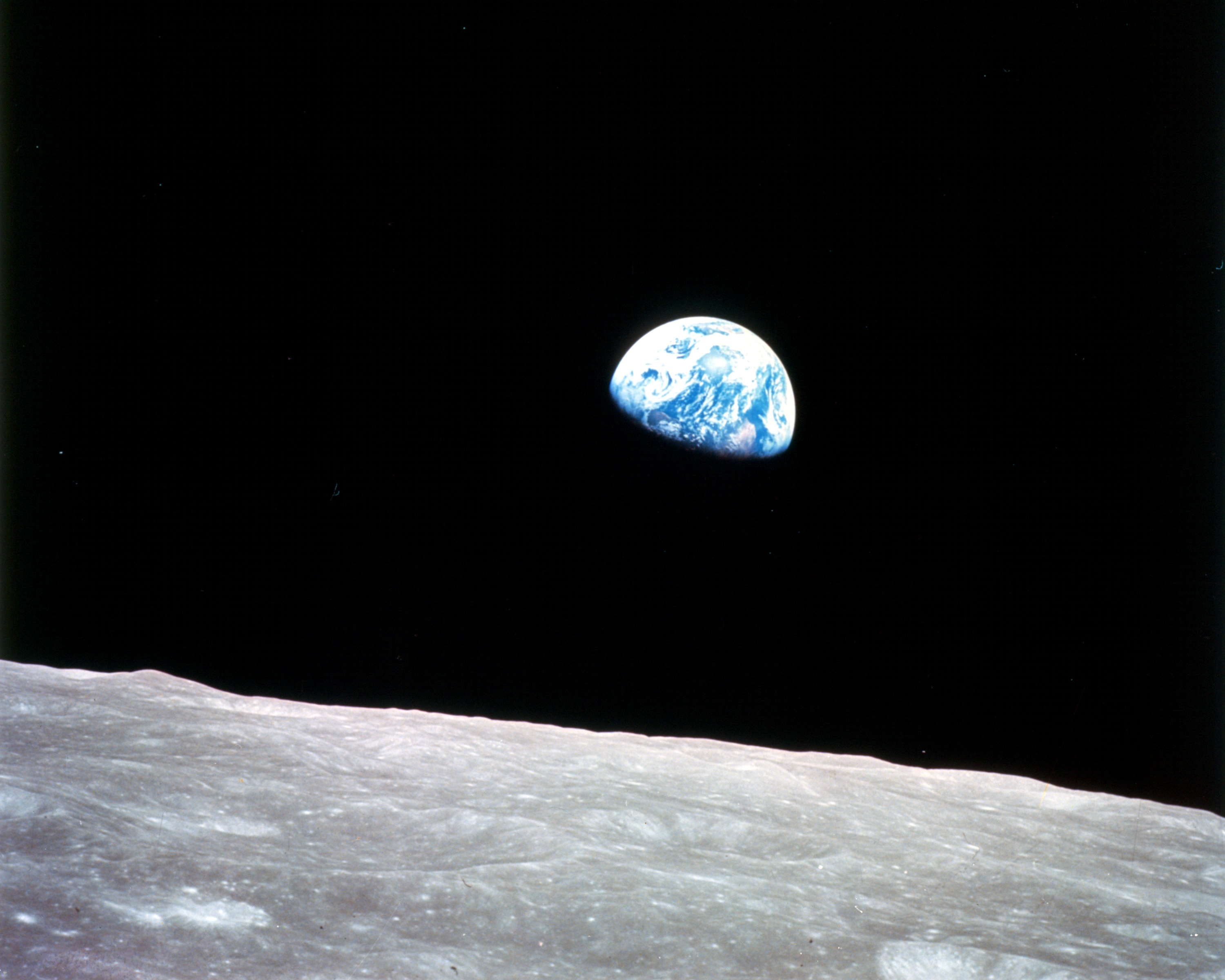Tunguska meteorite
Enlarge text Shrink textThe Tunguska event was a large explosion of between 3 and 50 megatons that occurred near the Podkamennaya Tunguska River in Yeniseysk Governorate (now Krasnoyarsk Krai), Russia, on the morning of 30 June 1908. The explosion over the sparsely populated East Siberian taiga felled an estimated 80 million trees over an area of 2,150 km2 (830 sq mi) of forest, and eyewitness accounts suggest up to three people may have died. The explosion is attributed to a meteor air burst, the atmospheric explosion of a stony asteroid about 50–60 metres (160–200 feet) wide.: p. 178 The asteroid approached from the east-south-east, probably with a relatively high speed of about 27 km/s; 98,004 km/h (Mach 80). Though the incident is classified as an impact event, the object is thought to have exploded at an altitude of 5 to 10 kilometres (3 to 6 miles) rather than hitting the Earth's surface, leaving no impact crater. The Tunguska event is the largest impact event on Earth in recorded history, though much larger impacts occurred in prehistoric times. An explosion of this magnitude would be capable of destroying a large metropolitan area. The event has been depicted in numerous works of fiction. The equivalent Torino scale rating for the impactor is 8: a certain collision with local destruction.
Read more on Wikipedia >
 Topic
Topic








